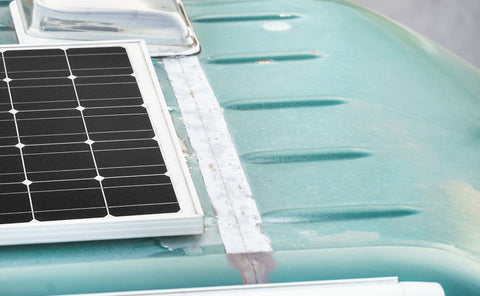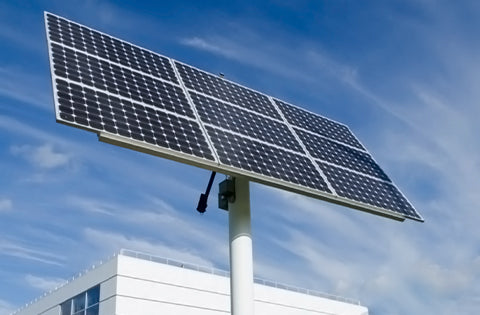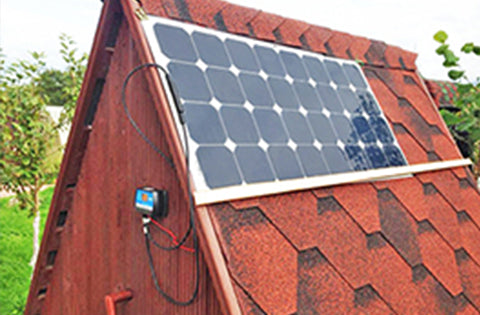As the most important part of module packaging, photovoltaic backplane needs to contact and adapt to various environments. It must have a certain defense ability against the external environment. Basic insulation, water resistance and aging resistance are essential. Only in this way can we form strong protection for internal components.
However, in the process of practical operation, photovoltaic backplane also exposes many problems, which affect the appearance and directly lead to output degradation, The service life of the solar panel is also greatly shortened.
Yellowing
During the lamination process of photovoltaic modules, two layers of adhesive film need to be used for bonding, so that the solar cell, glass and back plate are integrated. The adhesive film will cut off the short wave ultraviolet light, and the back plate will also resist the ultraviolet light intensity. However, yellowing is inevitable, destroying the molecular composition structure of the back plate, resulting in the decline of the overall performance of the back plate, the reduction of reflectivity, and then affecting the output of the overall module.

Swelling
Such problems often occur in hot spots and Invisible Tape positions. Swelling are more likely to occur when the two positions overlap, which is caused by material gasification due to high temperature. During the selection of backplane materials, the thermal conductivity should be emphatically considered to ensure that the quality of battery chips is qualified. During welding, open welding, false welding and other conditions should be avoided. The invisible tape should be pasted according to the drawing when laying.
Bubble
Usually, the backplane strip will cause a large gradient between the bus strips. If the laying staff does not put the EVA strip in place and the EVA is not well filled, it will cause bubbles. During the later use of the component, the bubbles will gradually expand and the materials around the bubbles will oxidize and deteriorate, which will greatly affect the service life of the component.
Scratch
Most of them are raw materials, which are generally not found in the inspection and directly flow into the production workshop; During the process of laying the laminated parts on the transmission line, sharp objects on the transmission line scratch and cause scratches; Injury caused by trimming personnel to the backplane during trimming. Moisture proof, dust-proof and insulation are the main functions of the backplane, and the scratch of the backplane will damage the moisture proof, water permeability and insulation performance. The inspection should be strengthened and sharp objects should be removed to prevent defects caused by scratches on the back plate. In addition, avoid bumping.
Defects of EVA bonding layer
The peel strength with EVA is not enough, and the adhesive force measured by universal tensile machine is less than 40n/cm. The back plate should be corona treated before use to increase the adhesion and delamination of the back plate surface and reduce the dust accumulation on the back plate surface.
Combined with the actual situation, it is concluded that the common problems include yellowing, swelling, bubbles and scratches, each of which directly leads to poor power generation, and even leads to the shutdown of the solar panel. Therefore, the problems behind the photovoltaic backplane should be paid enough attention. Ensure the normal operation of all components and prolong the service life of the battery board.

The above are several common problems and influences of photovoltaic backplane, keep following with SOLARPARTS, we will provide you with more practical solutions.
Twitter: Solarparts Instagram: Solarparts
Tumblr: Solarparts Pinterest: Solarparts
Facebook: Shenzhen Solarparts Inc
Email address: Philip@isolarparts.com
Homepage: www.isolarparts.com



